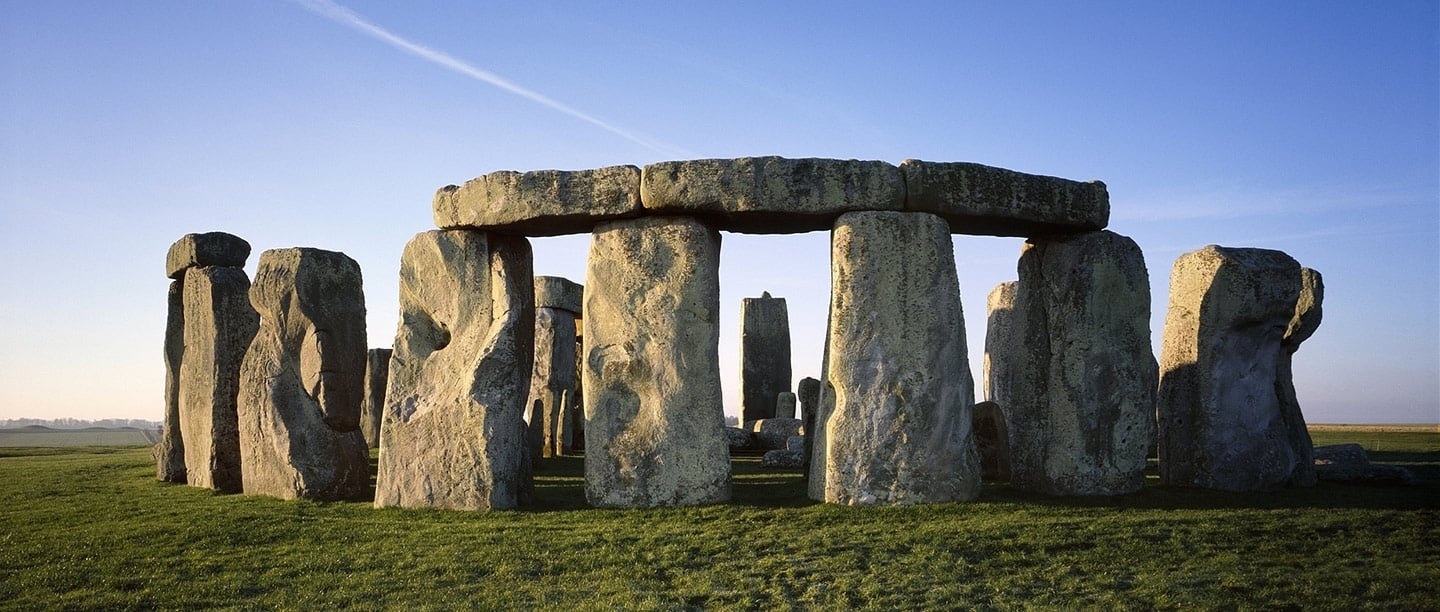In Greek mythology, Hades stands as one of the most powerful and influential deities, ruling over the realm of the dead. Although often misunderstood as a symbol of evil, Hades actually embodies order, balance, and the natural cycle of life and death. Exploring his story reveals a complex god whose presence shaped ancient beliefs about the afterlife and the journey of the soul.
Hades’ Role in Greek Mythology
Hades is the eldest son of Cronus and Rhea and the brother of Zeus and Poseidon. After the overthrow of their father, the three brothers divided the world among themselves Zeus took the sky, Poseidon claimed the sea, and Hades was given dominion over the underworld.
Although he rarely left his domain, Hades played a vital role in maintaining harmony between the living and the dead. His rule ensured that souls reached their proper place and that the boundaries between worlds remained intact. Unlike the gods associated with chaos or destruction, Hades represented stability, justice, and the inevitable nature of mortality.
Hades and Persephone: A Story of Balance
One of the most well-known tales involving Hades is his relationship with Persephone, the daughter of Demeter. According to mythology, Hades fell in love with Persephone and brought her to the underworld to become his queen.
This event set off a chain of reactions on Earth Demeter’s grief caused crops to wither, bringing famine to humanity. Eventually, a compromise was reached: Persephone would spend part of the year with her mother and the rest beside Hades.
This myth explained the changing of the seasons and symbolized themes of renewal, loss, and return. Far from being a simple abduction story, many ancient interpretations viewed the union as a balance between life’s abundance and the quiet stillness of the underworld.
The Greek Underworld: A Complex Realm
The underworld ruled by Hades was not a place of punishment for all souls but a structured realm with various regions:
The Asphodel Meadows, where ordinary souls wandered peacefully
Elysium, a paradise for heroes and the virtuous
Tartarus, a deep abyss for those who committed grave wrongs
Hades ensured fairness and order through strict justice rather than cruelty. His kingdom served as a transition point where souls found their rightful place based on how they lived.
The rivers of the underworld such as Styx, Lethe, and Acheron symbolized memory, oath-keeping, and the passage from life to death. These powerful images helped ancient Greeks understand the mysteries of mortality.
Conclusion
Hades remains one of the most fascinating figures in Greek mythology. His leadership of the underworld, his partnership with Persephone, and the intricate structure of his realm shaped ancient beliefs about death, rebirth, and justice.
Understanding Hades helps us appreciate the Greek view of the afterlife not as a place of terror, but as a carefully balanced world where every soul has a place and every ending leads to a new beginning.







